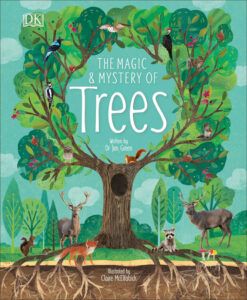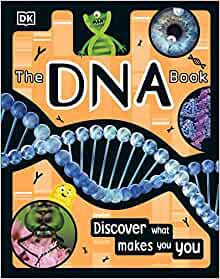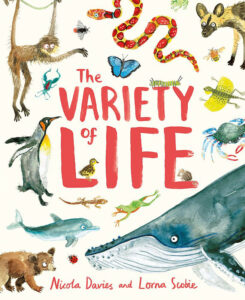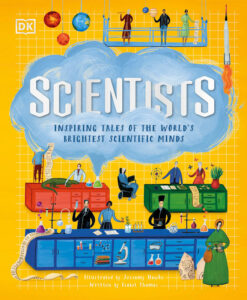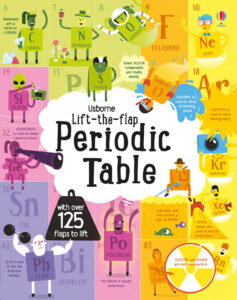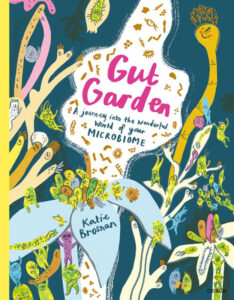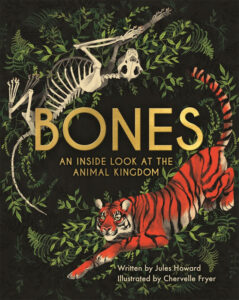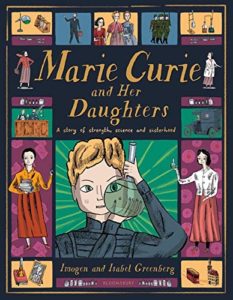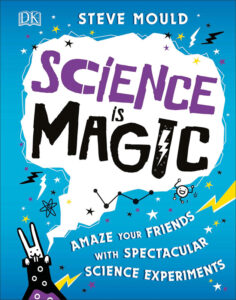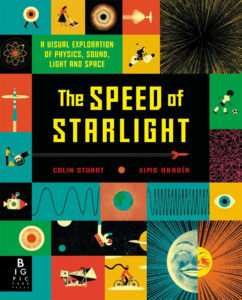This breath-taking book about trees takes children on a captivating journey of nature-packed leafy exploration, showing just how special these mighty organisms are.
Discover how trees communicate and warn each other of predators, how they nurture their networks, record the past, and anticipate the future to ensure their survival. There’s so much more to trees than meets the eye.
Delve into the amazing natural science of trees in this nature and science children’s book. From the highest branch all the way down to the complex “wood wide web” of roots, every part of a tree plays an important role. Not only in its own growth, but that the ecosystem of the whole forest or woodland. Did you know that trees take care of each other and that whole forests are connected?
A truly delightful non-fiction read that Is suitable for all ages – each page of this fabulous nature book is nothing short of astonishingly beautiful. Enjoy a mixture of real images, vibrant illustrations, and patchwork-layering, making each page feel like a nature scavenger hunt.
You will learn unbe-leaf-able tree facts, see extraordinary trees from around the world, and the animals that call them home. Find out what trees do for us and how we are damaging them with pollution and deforestation. This book will show that it’s not too late to do something about it, and you’ll find out how you can help with instructions on how to plant your very own tree!
When you get to know these silent giants, you’ll never look at trees the same way again.







